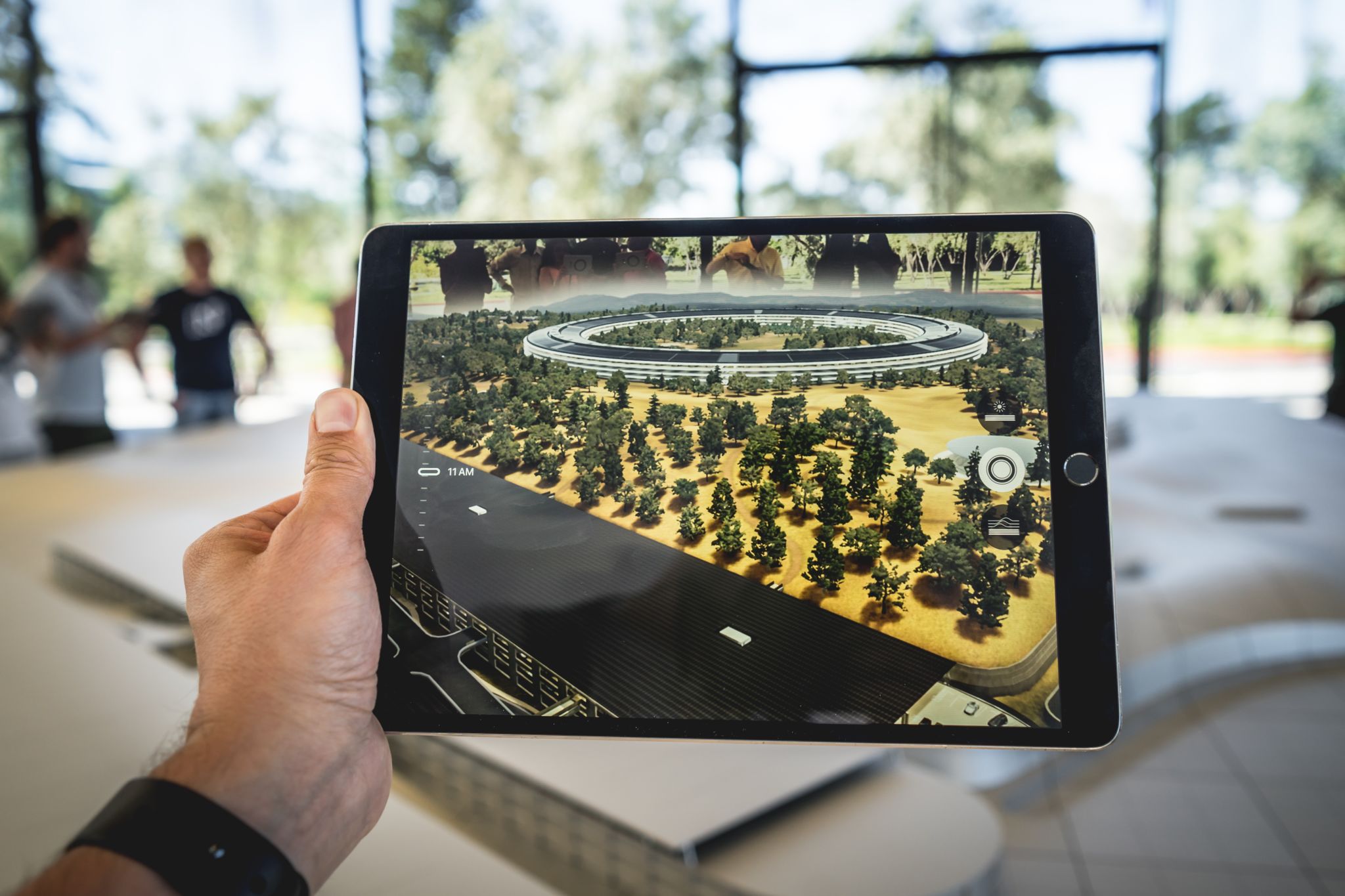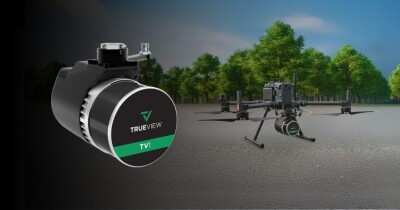Augmented, virtual and mixed reality are reshaping the construction industry, from the design phase to daily site operations. The extended reality field has evolved rapidly over the past few years, making AR, MR and VR more accessible and functional for the workplace. Applications for these technologies in building design and construction can save businesses significant amounts of time and money while keeping site workers safer.
Today’s leading applications for AR, MR and VR in construction fall into a few key categories.
Design Visualization
Few things will impress stakeholders like a tour of a new building before it is even constructed. Extended reality technology makes this and other revolutionary design breakthroughs possible. These technologies allow designers to visualize projects from a perspective that conventional design software simply is not capable of. This change of perspective can result in lower project costs, fewer errors on-site and even faster build times.
The design team can use VR during the project design and planning process to walk through virtual building mock-ups, allowing them to analyze aesthetics and layout from a first-person point of view. This technique requires someone with technical training, but it can be extremely valuable. In fact, Disney’s theme park design teams use VR to plan and design new rides and attractions.
Stakeholders can use VR to get a clearer idea of what a building will look like when it is finished. This allows major design changes to be made before construction begins. Additionally, VR and AR building mock-ups enable the design team to verify that they have laid out everything properly, like fully immersive BIM. Conveniently, extended reality technologies are highly compatible across devices and easy to integrate with assets from CAD, Unity or other 3D modeling platforms.
Extended reality tech has design applications in the field, as well. Project team members can use AR and MR to view design elements on-site, allowing for enhanced visualization as well as improved site operations. For example, the design team could use AR to view a digital model of their building overlaid onto a real-world construction site. Similarly, workers could use MR or AR glasses and apps to verify the placement of elements during the building process.
Hands-on Technical Training
Construction workers can benefit enormously from extended reality technologies. This applies to training as well as daily tasks on-site. The advantages trickle down throughout the entire project, resulting in reduced costs, fewer errors and less accidents in the building process.
A great example of this is heavy equipment repair. One of the best ways to extend the life span of these machines is comprehensive training for technicians and operators. AR, MR and VR are perfect for this because they create highly engaging educational experiences. Vehicle operators can learn to safely and properly use equipment in VR simulations, which is safer and more cost-effective than in-person training.
Additionally, equipment technicians can use AR and MR to learn how to repair vehicles and assist in repairs on the job. They can combine AR glasses with a virtual guide to ensure they are performing real-world repairs precisely and accurately. This technique can be used for virtually any technical, hands-on task. For example, AR or MR glasses can help construction workers place pipes correctly or perform complex electrical maintenance. The virtual guide reduces the likelihood of errors and safety risks while doing these jobs.
Using extended reality technologies for technical training purposes can have some great benefits in addition to higher-performing employees. For example, some construction companies have been able to get lower insurance rates by using VR to train their vehicle operators.
Extended reality technologies have been proven to result in better retention rates in educational settings than conventional learning tools like books or laptops. Using it for technical training in construction can result in more knowledgeable, skilled workers.
Improved Site Safety
One of the first applications for extended reality in construction was safety training. Its success in this area sparked a surge in development, resulting in over 2 dozen companies worldwide that provide industrial extended reality technology. Even major video game developers, like Epic Games, are developing workplace extended reality programs. This popularity will continue to grow, powered by some crucial benefits.
Extended reality has the unique ability to provide comprehensive hands-on training without the physical risk and financial investment that in-person education would usually require. At the same time, the immersive nature of extended reality offers the same learning benefits as real hands-on training and outperforms other alternatives, such as online text-based programs.
A prime example of this is a training program developed by Pixo VR that trains workers to use proper fall prevention techniques. The program walks trainees through steps like putting on safety gear and then places them in a fall risk situation, such as scaffolding on a skyscraper. The trainee has to determine how they will proceed. If they choose an unsafe action, the program will simulate them falling from the building.
This experience may sound scary, but that is the point. It is a highly memorable image, making it more likely that trainees will remember unsafe actions they discovered in training.
Safety training often needs to cover topics and situations inherently difficult or impossible to stage in physical, in-person training. Simply telling trainees what to do in these situations is not as effective as experiential learning would be. Studies have shown that people are over three times more emotionally connected to VR training than conventional platforms.
Using extended reality training, whether through VR or in-person with AR and MR, allows construction companies to improve safety performance on-site with hands-on education that doesn’t endanger anyone.
Advancing Building Design and Construction
Augmented reality, mixed reality and virtual reality are unlocking new capabilities at every stage of the building design and construction process. These technologies are helping employees stay safer on-site while also reducing errors on key tasks. Training can be safer, more cost-effective and much more engaging.
Building designers and stakeholders can utilize extended reality technologies to bring building concepts into the real world, streamlining the design process and reducing the likelihood of late-stage changes. As AR, MR and VR continue to evolve over the years ahead, even more revolutionary advancements will make their way into the construction industry.







